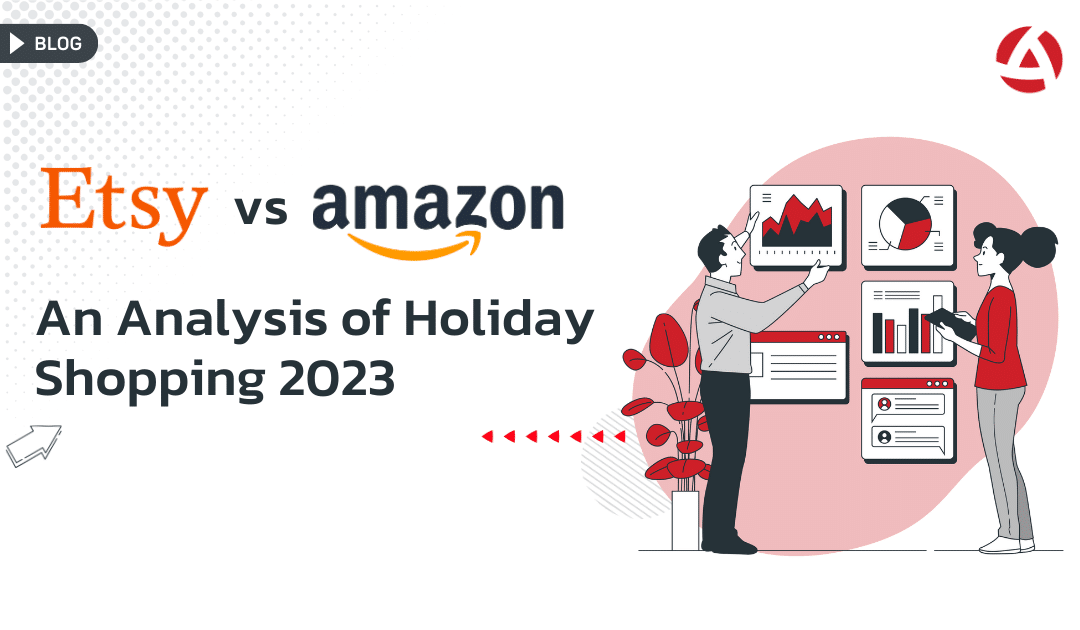From being in our customers’ shoes to designing the customer journeys.
According to Millward Brown, only 45 percent of senior marketing professionals understand their customer’s journeys. It seems that customer journeys are still a new concept for many organizations. Customer journeys are not business processes that we design in our comfortable meeting rooms. Instead, they are processes of a company that customers experience in their real lives. We need customer journeys to understand the actual footsteps of our customers. Let’s have a look at the critical steps in designing customer journeys:
Five Critical Steps to Designing Customer Journeys
1. The first step in designing a customer journey is starting with facts and not assumptions about what the customer is going through. To establish a fact base, some of the commonly used methods are the voice of customer surveys, reports, call center and store representative feedback, and listening to customer calls. Including real customers in the customer journey design process would also provide reliable insights. Another commonly used tip is living the actual customer journey as the CX professional – this can enable leaving the assumptions behind and the facts to surface.
2. Defining where the journey begins is the crucial next step. Customer journeys do not start after a transaction; it begins when customers need that specific product or service. Let’s look at an airline example: a journey does not start after buying a flight ticket. It starts when the customer begins to think about traveling. The Airline should start monitoring not only the duration of the flight but from airport transfer, check-in, and lounge experience.
3. The next step is setting up the map of the customer journey. There are a lot of different resources to help customer experience professionals to start drawing customer journeys. A journey map should contain the following — the first part are stages, which are the columns. You can categorize them by; Explore, Consider, Leave, or Renew. After identifying these categories, you can start defining your touchpoints in rows by; Call center, stores, digital channels, invoices, SMS, e-mail, etc. The touchpoints are customized and should be unique for each company. Using a whiteboard and post-it’s are always beneficial for brainstorming. After identifying and defining each stage and touchpoints, customer experience professionals can easily see customers’ steps, needs, and pain points through each touchpoint.
4. Essentially there are two types of journeys. The current or “as-is” and the desired or “to-be.” Typically, as-is journeys are completed first as they form the basis for the desired state. In each step within the map, pain points of customers should be identified and action suggestions for each pain point should be made. After these actions, we’re ready to draw a new, desired customer journey map. Let’s call this a to-be journey map that consists of the desired customer journey. To-be journey maps can contain actions for eliminating pain points or you can design a completely new experience from scratch. For example, in the as-is journey after subscription, a telecom operator required customers to drop their modems to its shops and that was a pain area. In the to-be journey, they decided to solve this pain point by having an agreement with a courier company to facilitate the process and eliminated the customer pain.
5. To get results, KPI’s must be set, measured and monitored closely to see the impact of actions defined in the journey maps. Some of the common metrics to understand the impact include experience KPI’s such as journey satisfaction score (CSAT) measurement, customer comment analysis with text analytics as well as operational KPI’s such as wait time or even web page processing times.
To conclude, let me highlight that customer journey maps are not the end goal but they are instead the tool to improve customer experiences. To enable effective management of the experience, they should be in sync with the voice of customers and fed continuously.
The following webinar is a great resource to understand how to leverage the voice of the customer to improve customer journeys from CX Leader, Don Peppers, Senior CX Manager, Betül Yilmaz from BNP Paribas TEB Bank and Poyraz Ozkan, Co-Founder of Alterna CX.




